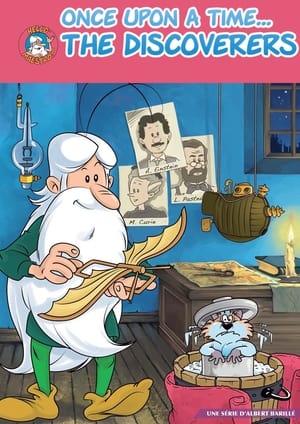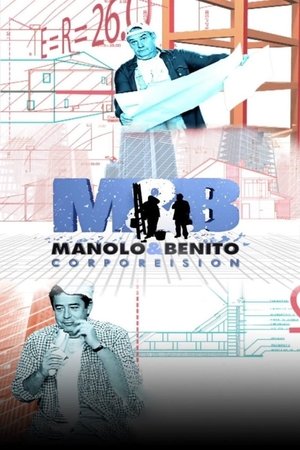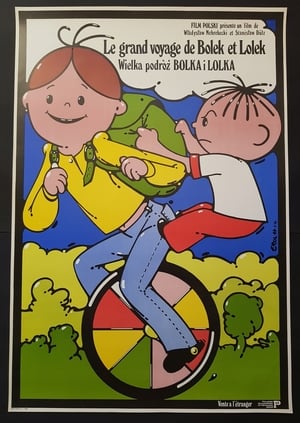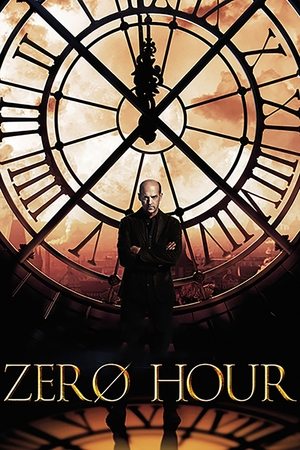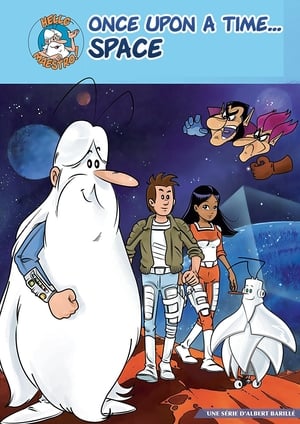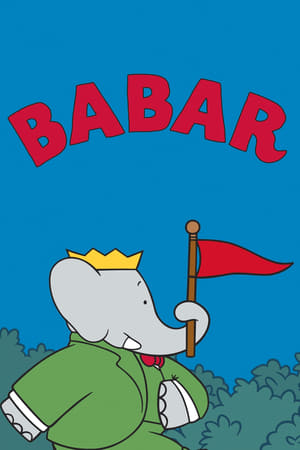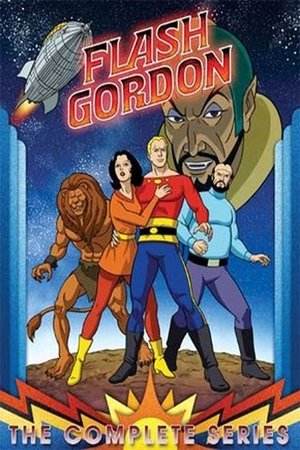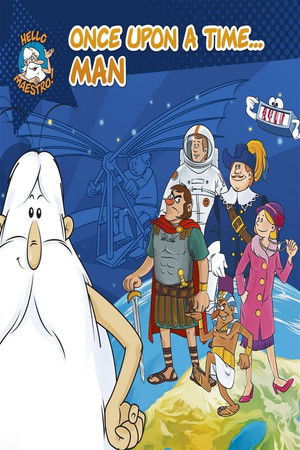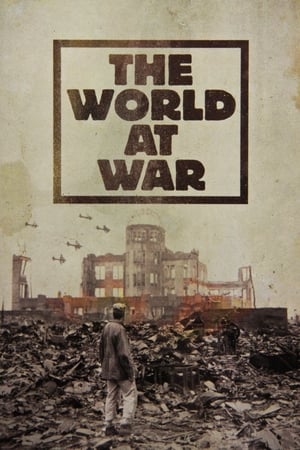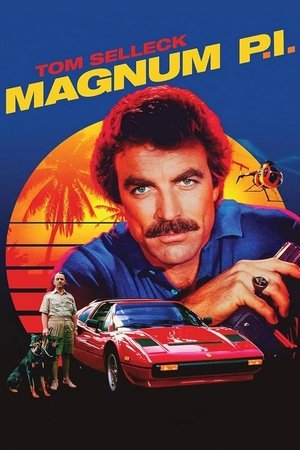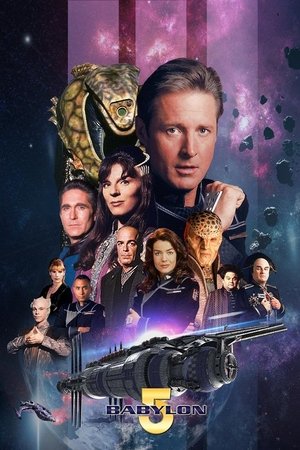1987-09-13
The world of cells is incredible! Activating enzymes, stopping viruses, and managing the body’s police force: it’s all in a day’s work for Teacher.
1987-09-20
After the first cell is fertilized, division and diversification take place to create the 60 trillion cells of the human body.
1987-09-27
The body’s police force is taught to neutralize its enemies (microbes and viruses), which reproduce at an alarming rate! It’s a very complex task.
1987-10-04
Red blood cells, the body’s police force, are created in the bone marrow but sometimes, the factory breaks down and wayward policemen come out. Uh oh!
1987-10-11
The steadfast red blood cells have come down with the flu! Pedrito and Psi get some help from the Teacher’s antibodies to beat the enemy.
1987-10-18
Pedrito cuts his finger with a dirty knife. While the platelets try to cure the wound, the white blood cells fight off the filthy invaders.
1987-10-25
Globus takes Hemo and Globina on a tour through the human body’s cathedral: the heart and circulatory system. It’s an impressive adventure.
1987-11-01
Air bubbles travel from the nose to the lungs. In the swampy, mucus-filled areas, they meet the red blood cells that transport them around the body.
1987-11-08
Teacher introduces Hemo and Globina to the most mysterious organ: the brain. They learn about behavior, the senses, and much more.
1987-11-15
The body’s messengers run around sending and receiving information about feelings like hunger and cold. They work day and night and never take breaks.
1987-11-22
Eyes are magical! They break down and transmit images to the brain. What happens if a speck of dust gets into one? It’s tear enzymes to the rescue.
1987-11-29
The ear is composed of cells that sense vibrations and transmit them to the brain. Then, the brain transforms them into words and sounds.
1987-12-06
Skin is the first barrier against external aggression and helps eliminate waste. From cuts and scrapes to bug bites, it stays pretty busy.
1987-12-13
Yum! Candy! But sugar strengthens the bacteria around the gums and attacks the tooth enamel, which can cause cavities.
1987-12-20
After a tasty meal the food starts its journey to the stomach where it will be broken down depending on what properties it has. But don’t overdo it!
1987-12-27
The liver is fundamental. It doesn’t weigh a lot but it uses almost as much oxygen as the heart! It makes proteins, corpuscles, and helps heal cuts.
1988-01-03
Toxic elements head to the kidneys where they are categorized. The good ones are salvaged but the bad ones are sent to the bladder. Have a good trip!
1988-01-10
The huge lymph network transports everything to the body’s factories. Infectious intruders beware! This place is well protected.
1988-01-17
The architecture that protects the body’s organs is magnificent! However, even the slightest fracture can cause significant damage.
1988-01-24
Muscles account for almost half the weight of the human body. They also need a ton of energy to do their jobs correctly.
1988-01-31
Combat teams act as preventative barriers and are prepared to defend the cell’s nucleus against toxic gases and contaminants.
1988-02-07
Vaccines bring us so many benefits! People who don’t get vaccinated run the risk of contracting a disease that is stronger than our natural defenses.
1988-02-14
At the heart of the hypothalamus, Teacher shows us how this region sends out orders to satisfy all the body’s needs.
1988-02-21
A walk in the forest is the perfect way to learn about the extraordinary food chain that exists between the sun, vegetation, animals, and man.
1988-02-28
Pedrito is 8 years old and is tired after a long day. When he goes to bed, Teacher and his helpers observe the activity that continues during sleep.
1988-03-13
Pedrito wants to know why his grandpa can’t play ball anymore, so he tells Pedrito an old story about a sphinx.

